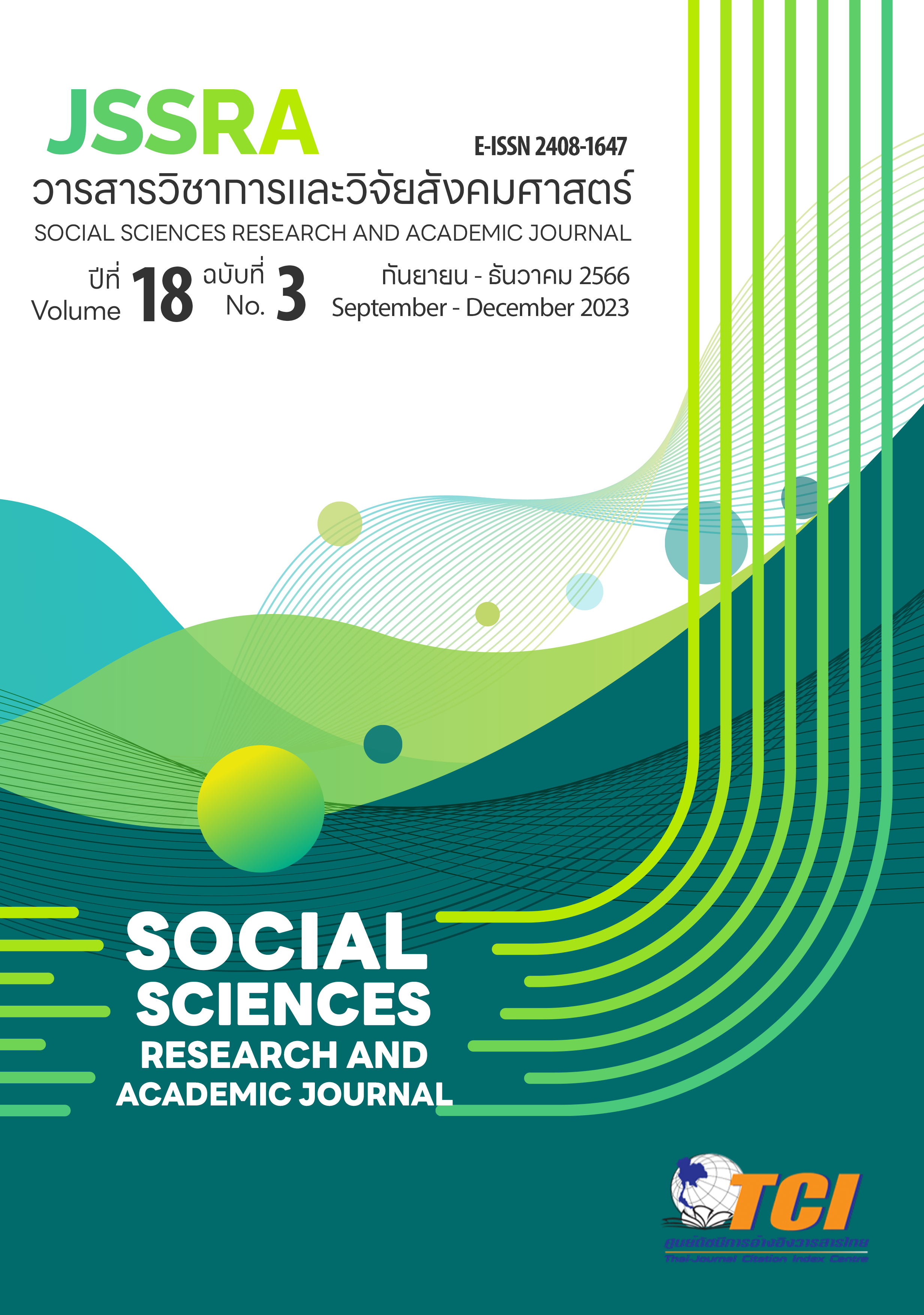การพัฒนาทักษะการรู้ดิจิทัลเพื่อลดความเหลื่อมล้ำการเข้าถึงสารสนเทศของประชาชนในชนบท The Development of Digital Literacy to Reduce the Disparity of Information Access Among Rural People in Nakhon Sawan Province
Main Article Content
Abstract
The purposes of this research were: 1) to study the current state of digital literacy and access to information technology of rural people 2) to develop training courses on digital literacy skills and information accessibility of rural people and 3) to study the results of using the training course on digital literacy skills and information accessibility of rural people. The samples used in the research were 60 people in 14 villages in Hua Wai Sub-district in Takhli District in Nakhon Sawan Province by using a purposive sampling that study only for people with smartphone. The instrument in this research were a questionnaire of the digital literacy current state and access to information technology of rural people, the professional training course assessment and the pretest and posttest on digital literacy and information accessibility of rural people. The statistics used in data analysis were mean, standard deviation, paired- samples and t-test.
The findings of this research as following: 1. The digital literacy and access to information technology among rural people was at the highest level on the program. The overall was at a moderate level (= 3.27), the objective of using the overall was at a moderate level (
= 2.84), the improvement of quality of life the overall was at a moderate level (
= 2.83), the benefit of using social media was at a moderate level (
= 2.66). 2. The training course development process consisted of 4 steps: 1) study of basic information 2) curriculum creation 3) curriculum Trial 4) curriculum assessment and improvement. The digital skills training course consisted of 6 content groups; right and responsibility, access to digital media, understanding digital media, digital society practice, health in the digital age and digital law. 3. The results of using the training course on digital literacy skills and information accessibility of rural people found that after training which people in rural areas were higher digital literacy skills than before training with statistics significance at .05 level.
Article Details
References
Ashley, J., Jarman, F., Varga-Atkins, T. and Hassan, N. (2012). Learning literacies through collaborative enquiry; collaborative enquiry through learning literacies. Journal of Information Literacy, 6(1), 49-71.
Bach, A. Shaffer, G. & Wolfson, T. (2013). Digital human capital: developing a Framework for understanding the economic impact of digital exclusion in low Income communities. Journal of Information Policy, 3, 247-266.
Bonfadelli, H. (2002). The Internet and knowledge gaps: A theoretical and empirical investigation. European Journal of communication, 17(1), 65-84.
Ferreira, R., Moreira, W., Mendes, P., Gerla, M. & Cerqueira, E. (2014). Improving the Delivery Rate of Digital Inclusion Applications for Amazon Riverside Communities by Using an Integrated Bluetooth DTN Architecture. International Journal of Computer Science & Network Security, 14(1), 17-24.
Figueiredo, M., Prado, P., & Kramer, M. (2012). Overcoming poverty through digital inclusion. IT Professional, 14(3), 6-10.
Floridi, L. (2007). A look into the future impact of ICT on our lives. The information society, 23(1), 59-64.
Gallardo-Echenique, E.E., Oliveira, J.M.D, Marqués-Molias, L. and Esteve-Mon, F. (2015). Digital Competence in the Knowledge Society. MERLOT Journal of Online Learning and Teaching, 11(1), 1-16.
Gilster, P. (1997). Digital Literacy. New York: Wiley.
Hargittai, E. (2006). Survey measures of web-oriented digital literacy. Social Science Computer Review, 23(3), 371-379.
Hindman, D. B. (2000). The Rural-Urban Digital Divide. Journalism & Mass Communication Quarterly 77(3), 549-560.
Kongpradit, K. (2010). Creating training courses to reduce disparities in access to political information and digital divide (Digital divide) in politics in the Eastern community. Chonburi: Burapha University.
Lor, P. J., & Britz, J. J. (2007). Is a knowledge society possible without freedom of access to information? Journal of Information Science, 33(4), 387-397.
Miller, D., Costa, E., Haynes, N., McDonald, T., Nicolescu, R., Sinanan, J., & Wang, X. (2019). Why We Post: A look at social media culture through digital anthropology. translate from How the World Changed Social Media. Translated by Thanat Jindanon. Bangkok: Bookscape.
Rivas, L. E. (2013). First record of the Atlantic bumper Chloroscombrus chrysurus (Teleostei: Carangidae) in the Mediterranean Sea. J. Fish Biol. 82(3), 1064-1067.
Supadilok, B. & Sataruji, K. (2004). Mass media and knowledge gaps between communities. Towns and countryside in Thailand: old lessons, new theories. Banthit Business University.
Thompson, A. (2008). Use of the international system of units (si)." NIST Special Publication, Gaithersburg.
Wongkitrungruang, W. (2018). Digital skills for citizens in the 21st century. Retrieved 6 January 2021, from https://ops.go.th/main/index.php/aboutus/history/1355-goto-citizens21st.html


